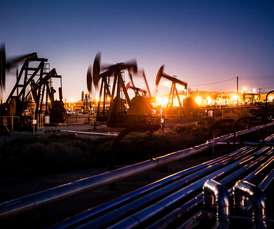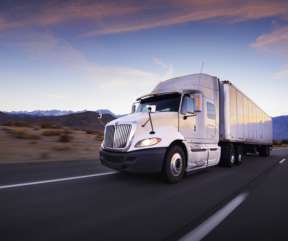UN: Slashing methane emissions 'one of the best ways' to curb global temperature rise
Business Green
MAY 6, 2021
The gas, which is released by a range of anthropogenic and natural sources, is ten times more powerful than carbon dioxide at warming the atmosphere and is responsible for more than half a million deaths annually, in addition to the death of ecosystems and crops, because it creates toxic ground-level ozone.















Let's personalize your content